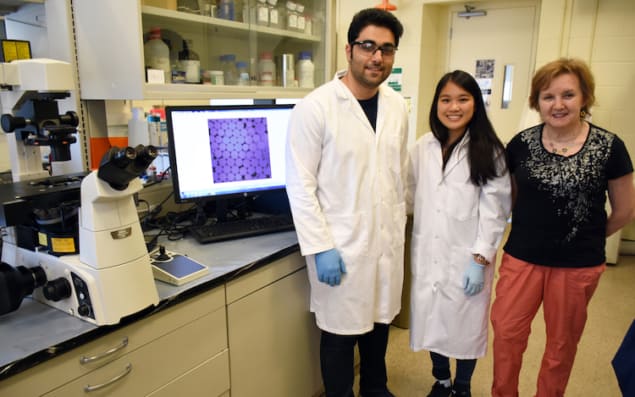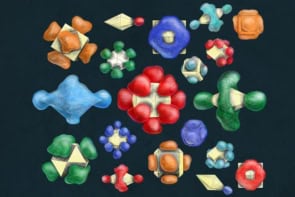
Water contaminated with heavy metals is becoming an increasingly serious problem in many developing countries. For example, mercury, produced during some types of gold mining pollutes nearby ponds and thus the water used for crop irrigation and drinking. Mercury is dangerous if ingested because it damages the kidney, nervous system and brain. Another example: the copper and nickel from electronic waste, if not recycled properly, can contaminate groundwater. Again, if ingested copper can damage the liver, heart and kidneys and can also lead to cognitive problems.
Hydrogels have proved themselves to be efficient scavengers of heavy metals in polluted water because they have a large surface area and can be functionalized with metal-ion coordinating groups. They can also be recycled.
In recent years, researchers have also found that graphene, noble metal nanoparticles, and semiconducting quantum dots can scavenge heavy metal ions too. Nanoparticle ion scavengers have a large surface area and a high density of surface active sites for these metal ions. However, these materials cannot be easily recycled and separated from water.
“The best of both worlds”
“We have now brought together the best of both these worlds: molecular hydrogels and nanoparticle scavengers,” explains Eugenia Kumacheva of the University of Toronto in Canada, who together with her colleagues has fabricated nanocolloidal hydrogels from cellulose nanocrystals (CNCs) and graphene quantum dots (GQDs) for heavy metal scavenging. “The CNCs are naturally-derived rod-like nanoparticles, which in our work had an average diameter of 15 nm and length of 180 nm. The GQDs are disk-like particles with an average diameter of 6 nm and are one atomic-layer thick.
“These nanoparticles are decorated with complementary functional groups that chemically cross-link to form a hydrogel.”
By varying the concentration ratio of both types of nanoparticles, Kumacheva and co-workers say they can control the hydrogel’s structure and thus its permeability. “In our experiments, we found that the microgels can scavenge four types of metal ions, Ag+, Ni2+, Cu2+and Hg2+, thanks to their high porosity, high surface area and abundant ion-coordinating groups that have a high affinity for ion sequestration,” says Moien Alizadehgiashi, who is lead author of this study. “The heavy metal ions are adsorbed on the constituent nanoparticles via electrostatic forces and other coordination interactions.
“We also found that the scavenging capacity of the microgels increases at a higher content of GQDs, owing to the greater number of active sites on the GQDs than on the CNCs and the larger pore size of the corresponding gels.”
The microgels are also recyclable and are efficient over several ion-scavenging cycles, he adds. “Importantly, they could also be used in practical systems such as packed beads, and could scavenge other heavy metal ions in addition to the ones we studied.”
The team, reporting its work in ACS Nano 10.1021/acsnano.8b03202, says that it will now be scaling up the synthesis of its microgel and improving ion sequestration selectivity. “We will also be expanding on the range of metal ions that can be sequestered and will be focusing on specific applications,” Kumacheva tells Physics World.



